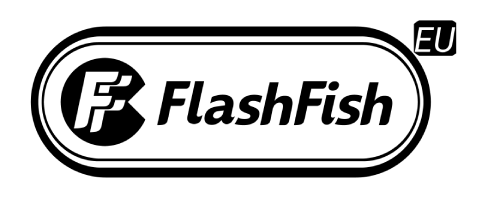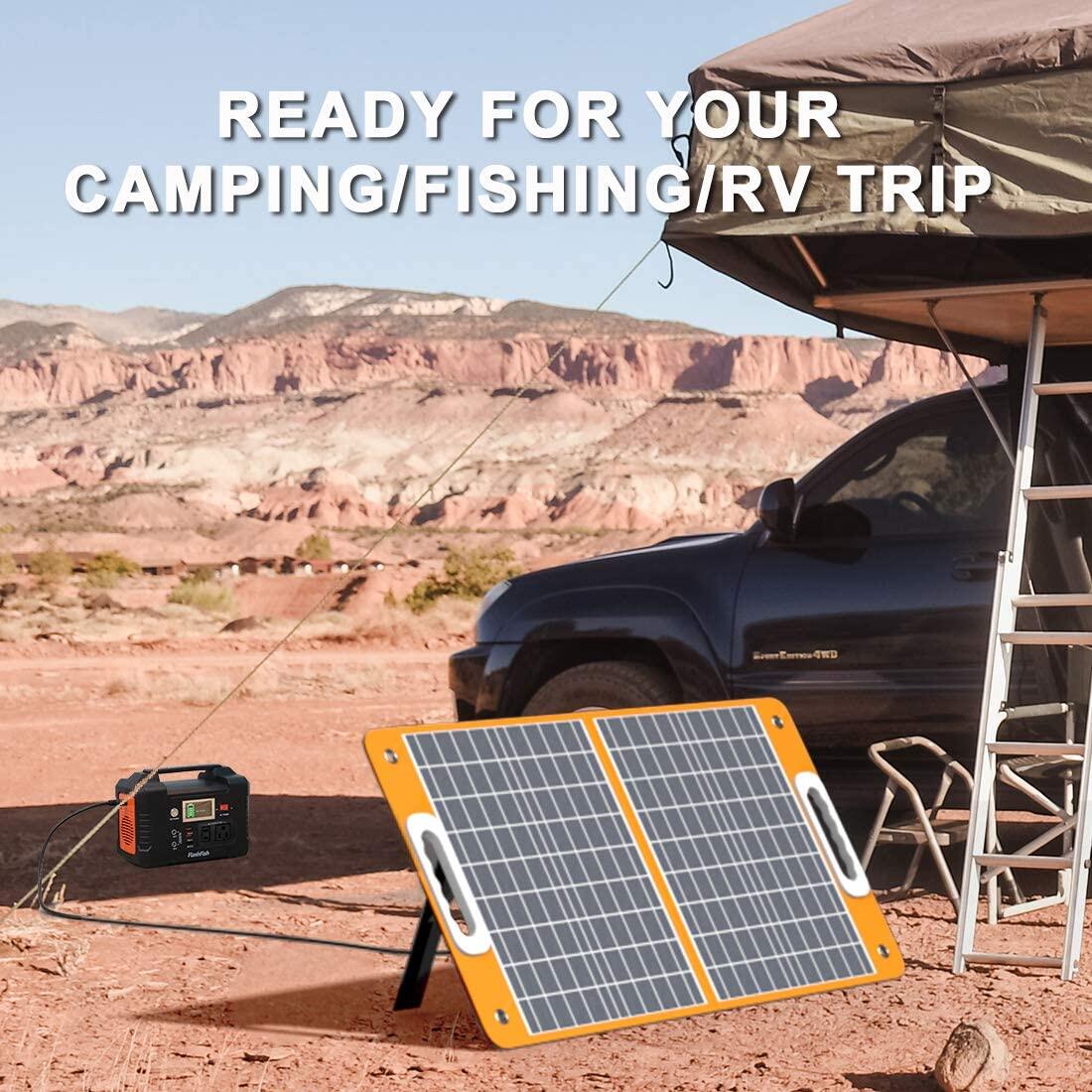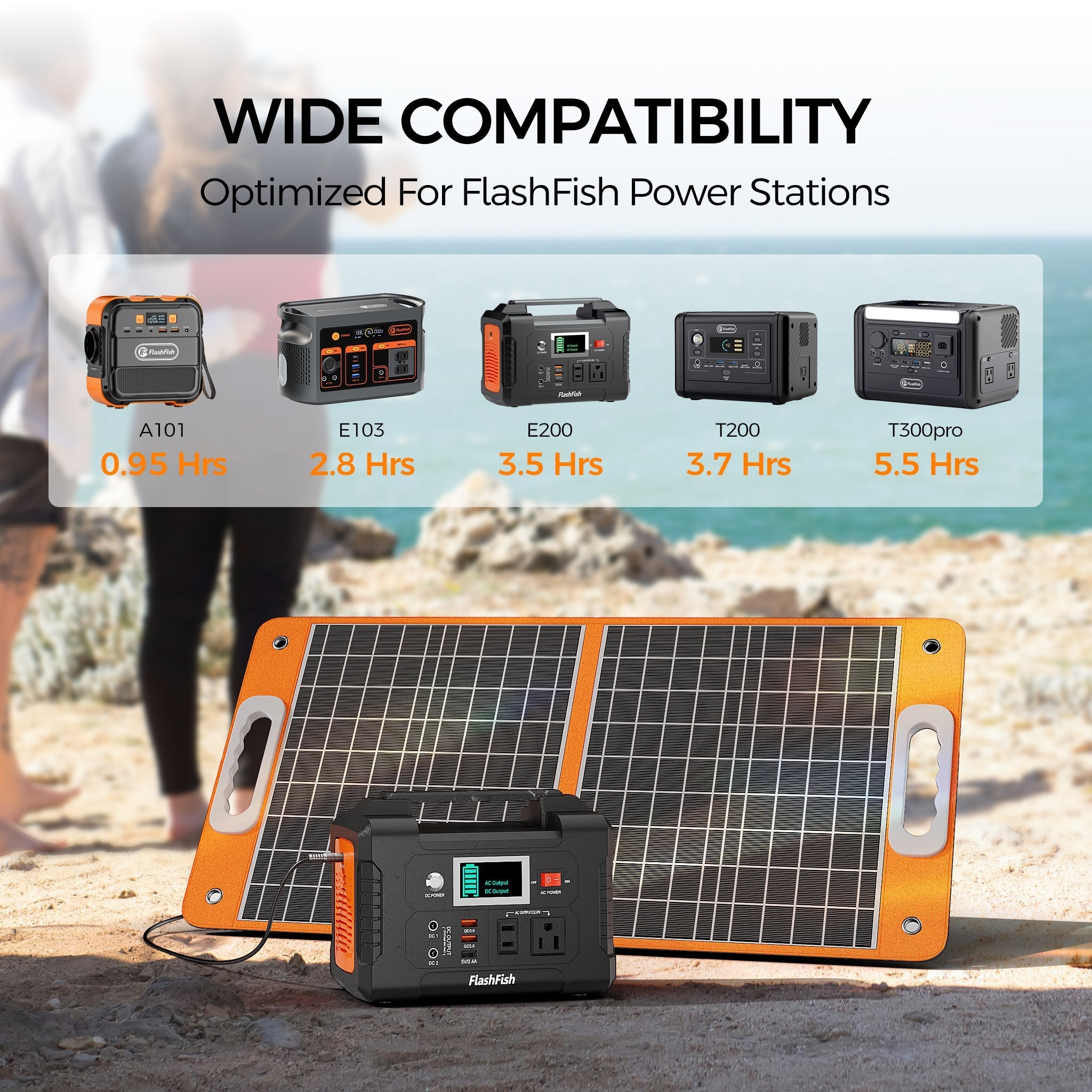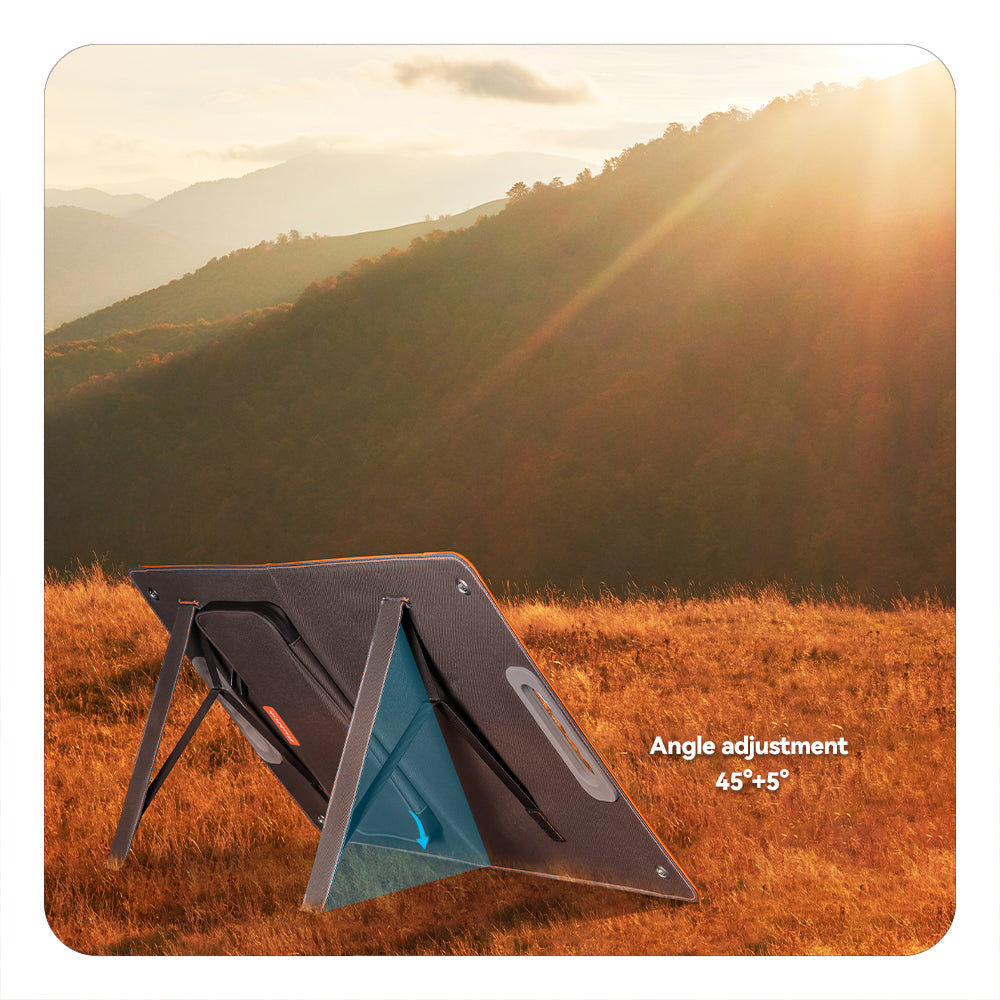Solar energy is a fantastic renewable resource that allows us to harness the power of the sun. However, many users often find that their solar panels do not produce the expected output power. In this blog post, we will explore the reasons why solar panel output power may be lower than its rated capacity and provide tips to help you maximize your solar energy production.
Factors Affecting Solar Panel Output Power
1. Weather Conditions: Cloud Cover and Haze ☁️
One of the most significant factors affecting solar panel output is the weather. Overcast skies, haze, and fog can drastically reduce the amount of sunlight that reaches your solar panels. Remember, solar panels absorb light energy, not heat energy!
- Impact of Cloud Cover: On cloudy or hazy days, the intensity of light reaching the panels diminishes, leading to lower energy production. For instance, during such weather conditions, the output can be far below the nominal data provided by the manufacturer.
2. Surface Temperature of the Panels 🌡️
Interestingly, the temperature of the solar panel surface can also influence its performance. Solar panels generally perform better at lower temperatures.
- Winter vs. Summer Performance: In winter, when temperatures are cooler, solar panels can output significantly more power compared to summer. During hot summer days, the surface temperature of the panels can reach up to 60°C (140°F), which can reduce their efficiency by approximately 13%, even if the sunlight is strong.
3. Angle of Sunlight 🌞
The angle at which sunlight strikes the solar panels plays a crucial role in their efficiency.
- Optimal Angle: Solar panels achieve their best performance when sunlight hits them at a 90-degree angle. This vertical alignment allows for maximum light absorption. As the sun moves across the sky, the angle changes, which can lead to fluctuations in output power.
4. Obstructions and Shadows 🌳
Any obstruction that casts a shadow on the solar panels can significantly impact their efficiency.
- Common Obstructions: Objects such as trees, buildings, tents, or even debris can block sunlight and reduce the amount of light reaching the panels. Even partial shading can lead to a substantial decrease in output power, as solar panels are interconnected, and shading one part can affect the entire system.
Maximizing Solar Panel Efficiency
To ensure that your solar panels operate at their optimal capacity, consider the following tips:
- Positioning: Install solar panels in a location that receives direct sunlight for most of the day, avoiding areas with potential obstructions.
- Regular Maintenance: Keep the panels clean and free from debris to maximize light absorption.
- Adjusting Angle: If possible, adjust the angle of the panels seasonally to capture sunlight more effectively throughout the year.
Conclusion
Understanding the factors that affect solar panel output power is essential for maximizing your solar energy production. By considering weather conditions, surface temperature, sunlight angle, and potential obstructions, you can optimize the performance of your solar panels and ensure you get the most out of your investment.
At FlashFish, we are committed to providing high-quality solar solutions and educating our customers about effective solar energy use. For more information on our products and tips for enhancing your solar experience, visit our website today! Stay charged and enjoy the power of the sun! ⚡🌍







Laisser un commentaire
Ce site est protégé par hCaptcha, et la Politique de confidentialité et les Conditions de service de hCaptcha s’appliquent.